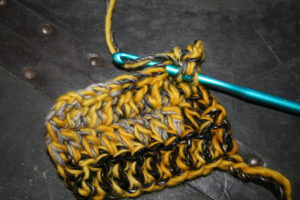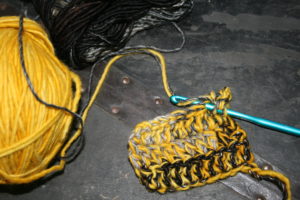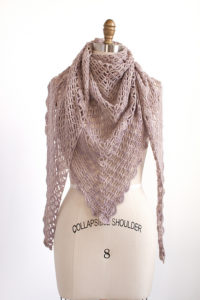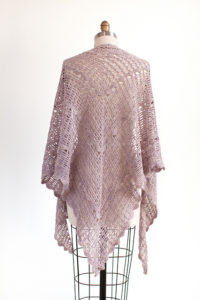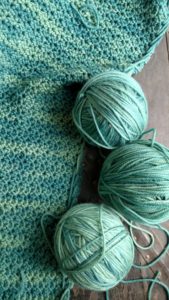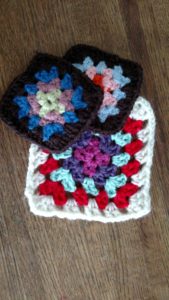 There are some truths about crochet that no one ever seems to share, we all hit a period where we are bored. This could be a stitch pattern, the act of moving the hook, the feel of the yarn. Everyone I have ever met does put things down from time to time, but they never really admit it.
There are some truths about crochet that no one ever seems to share, we all hit a period where we are bored. This could be a stitch pattern, the act of moving the hook, the feel of the yarn. Everyone I have ever met does put things down from time to time, but they never really admit it.
It does not matter if you crochet for a living or just as a hobby, sometimes we find a mundane point. However, I have found a couple of ways through this period.
Ask yourself why. Is it that the stitch is not exciting? Is pattern is taking too long to finish? Is my attention being pulled in another direction?
We have all been there, and there is no shame in it. I have found a couple of approaches to get through it and still actually end up loving crochet again.
First, take a break. This is not a bad word and it does not mean that you are done with the craft, it simply means that you need a point of rejuvenation. Usually when I put my hook down, I find that I still need something to keep my hands busy and fidgety in the evenings when sitting with the family in front of the television. For me I then pick up work puzzles, maybe some Sudoku or word searches, I don’t quite have the disposition for crosswords but there are plenty of different puzzles to keep me entertained.
However, sometimes you need to get a project finished, there is a deadline…maybe you need that gift for the baby shower in 3 days. In this case, I have to set small goals. It can be as simple as completing a set number of rows of the pattern every time I sit down with it in my hand. This really depends upon that stitch pattern, but maybe it is as simple as getting through one of the row pattern repeats. Maybe it is getting to the next color change, or the next color change in the yarn. I set myself a visual point and work toward it. I find that this helps even more if I have a small reward for myself at the end, maybe I get a cookie or such, maybe then I get a nice stretch. It does not have to be anything big, it just has to be something to break up the monotony.
Sometimes it is as simple as changing projects and putting one in “time out”. I find this happens most on projects that I was first intrigued by, but then quickly discovered that the design was a really rather simple stitch repeat, like an entire afghan worked in only double crochet rows. There is nothing wrong with it, it just is not very exciting, and frankly if I do not have a reason or deadline to actually complete it, I might not get it finished. In this case I just have to be honest with myself. There is no harm in using the yarn in another project.
I wish I could say that I never put down my hook, that I have endless creative energy, but alas that is not what works for me. There are times I need to find another focus to help but my love of crochet back in focus.

